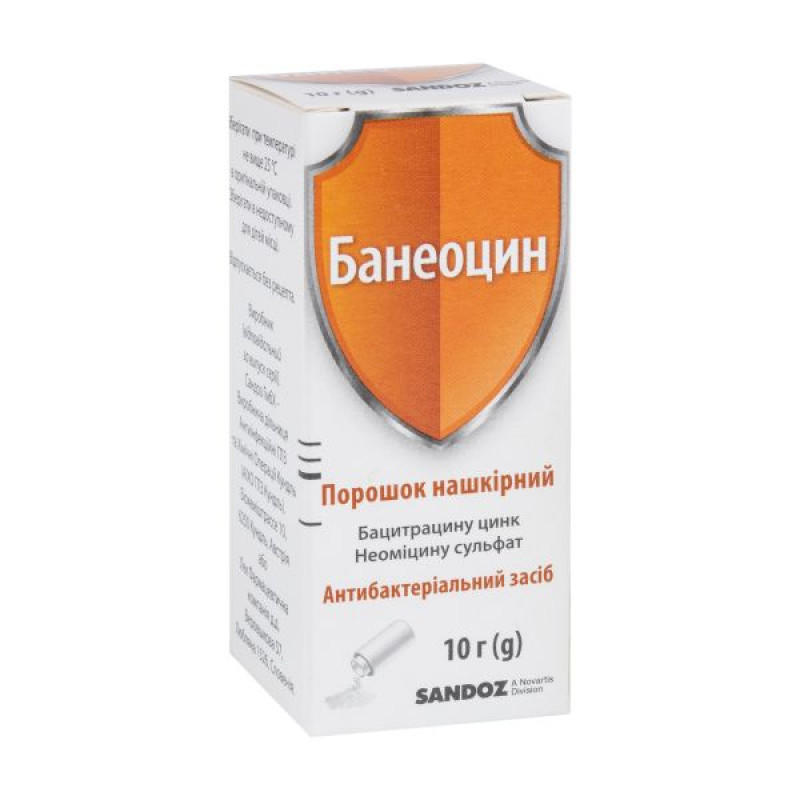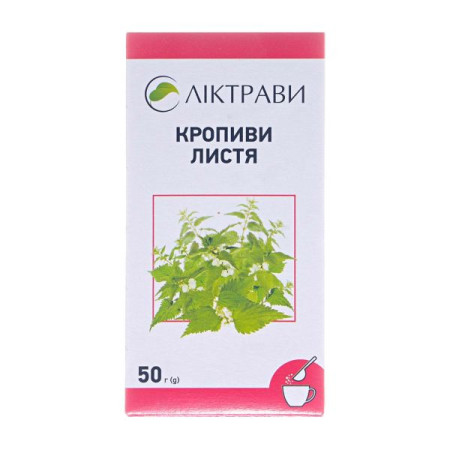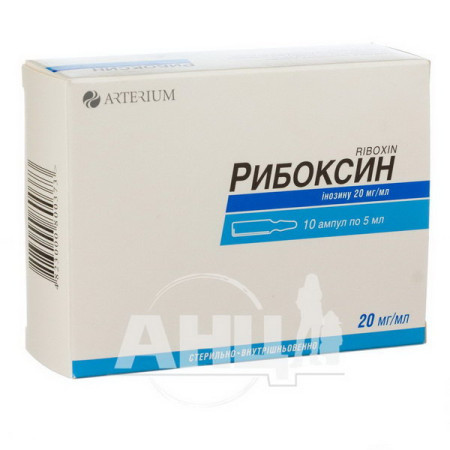Baneocin powder for skin application container 10 g

Instructions Baneocin powder for skin application container 10 g
Composition
active ingredients: 1 g of powder contains bacitracin zinc 250 IU, neomycin sulfate 5000 IU;
excipients: corn starch, magnesium oxide.
Dosage form
Skin powder.
Main physicochemical properties: fine white to yellowish powder.
Pharmacotherapeutic group
Antibiotics for topical use. ATX code D06A X.
Pharmacological properties
Pharmacodynamics
Baneocin is a combined antibacterial drug for external use, which contains two bactericidal antibiotics with synergistic action. Bacitracin is a polypeptide antibiotic, active mainly against gram-positive microorganisms, such as hemolytic streptococcus, staphylococcus, Clostridium spp., Corynebacterium diphtheriae, Treponema pallidum, as well as against some gram-negative pathogenic microorganisms, such as Neisseria spp. and Haemophilus influenzae. The spectrum of action of the drug also includes actinomycetes and fusobacteria. Strains resistant to bacitracin are rare.
Neomycin is active against gram-positive and gram-negative microorganisms, such as staphylococci, Proteus, Enterobacter aerogenes, Klebsiella pneumoniae, Salmonellae, Shigellae, Haemophilus influenzae, Pasteurella, Neisseria meningitidis, Vibrio cholerae, Bordetella pertussis, Bacillus anthracis, Corynebacterium diphtheriae, Streptococcus faecalis, Listeria monocytogenes, Escherichia coli, Mycobacterium tuberculosis, Borrelia and Leptospira icterohaemorrhagiae.
The combined use of bacitracin and neomycin provides a broad antimicrobial spectrum, although the drug is inactive against Pseudomonas, Nocardia spp., fungi, and viruses.
Bacitracin and neomycin are not usually administered systemically. Topical application of the powder significantly reduces the risk of sensitization, which is inherent in the systemic administration of antibiotics.
Pharmacokinetics
Baneocin is well tolerated. Since the absorption of bacitracin and neomycin through the affected skin is insignificant, the maximum concentration of the drug is achieved at the site of application. Tissue tolerance is assessed as excellent, inactivation by biological products, blood and tissue components is not noted. If the drug is applied to significant affected areas of the skin, the possibility of absorption of the drug and its consequences should be taken into account (see sections "Adverse reactions", "Features of use").
When used correctly, Baneocin has a local effect at the site of application. If absorption of the active substances occurs, the serum half-life of neomycin and bacitracin is approximately 2-3 hours.
Bacitracin is absorbed to a small extent through mucous membranes and skin. However, absorption through the skin in the presence of open wounds may occur.
Neomycin is absorbed minimally through intact skin. Neomycin is rapidly absorbed through inflamed or damaged skin and in the absence of a keratin layer (ulcers, wounds, burns).
Indication
Bacterial infections of limited areas of skin: bacterially infected herpes simplex, herpes zoster/chickenpox; contagious impetigo; infected varicose ulcers; infected eczema; bacterially infected diaper dermatitis.
Prevention of umbilical cord infection in newborns.
As adjunctive therapy:
after surgical (dermatological) manipulations (including after excision and cauterization); with skin cracks; with perineal tears, episiotomy; in the treatment of eroded wound surfaces (with exudate).
Contraindication
Hypersensitivity to the components of the drug or to other aminoglycoside antibiotics. Significant and severe skin lesions (possible resorption of the drug with the development of an ototoxic effect with hearing loss). If uncontrolled absorption of the drug is possible, do not use in patients with severe cardiogenic or nephrogenic excretory disorders, as well as in the presence of a history of lesions of the vestibular and cochlear systems. Do not use in the external auditory canal with perforation of the eardrum and in areas around the eyes.
Interaction with other medicinal products and other types of interactions
If systemic absorption occurs, the risk of nephrotoxic reactions increases with concomitant use of cephalosporins or aminoglycoside antibiotics.
Concomitant use of diuretics such as ethacrynic acid or furosemide may increase signs of oto- or nephrotoxicity.
In the case of systemic absorption, when used together with opioid analgesics, painkillers or muscle relaxants, the risk of developing neuromuscular conduction disorders increases.
Application features
When using the drug in patients with large areas of affected skin, the possibility of absorption of the active components of Baneocin and, as a result, the development of oto- and/or nephrotoxic effects should be taken into account. Since the risk of toxic effects increases in patients with severe liver and/or kidney disorders, such patients should monitor urine and blood parameters, and perform audiometric studies before and during intensive therapy with Baneocin.
The combination of systemic and topical aminoglycosides should be avoided due to the risk of cumulative toxicity.
If there is uncontrolled absorption of Baneocin, the possibility of developing neuromuscular blockade should be considered, especially in patients with acidosis, a history of myasthenia gravis, or other neuromuscular disorders. Neuromuscular blockade is eliminated with calcium preparations or proserin (neostigmine).
Prolonged treatment may result in overgrowth of resistant microorganisms and fungi. In such cases, appropriate treatment should be prescribed.
Patients who develop an allergy or superinfection should discontinue the drug.
Phototoxic reactions or photosensitivity may occur upon exposure to sunlight or UV radiation.
Ability to influence reaction speed when driving vehicles or other mechanisms
Unknown.
Use during pregnancy or breastfeeding
If there is a risk of absorption of active substances during pregnancy or breastfeeding, the powder can be used during these periods only if the expected benefit to the mother outweighs the potential risk to the fetus or child. Like other aminoglycoside antibiotics, neomycin crosses the placental barrier. There have been reports of hearing impairment in the fetus due to systemic use of high doses of aminoglycosides.
Before breastfeeding, it is necessary to remove the remnants of the drug from the mammary gland with boiled water and sterile cotton wool.
Method of administration and doses
Adults and children from birth should usually use Baneocin powder 2-4 times a day.
After applying the powder to the affected areas of the skin, the natural process of evaporation (sweating) is activated, so the drug has a cooling, soothing effect.
The powder should be sprinkled over the surface to be treated. If necessary, a gauze bandage can be applied to the affected area after applying the drug.
Patients with burns covering more than 20% of the body surface should not use Baneocin powder more than once a day, especially if kidney function is impaired, as absorption of the drug's active ingredients may occur.
When applied topically, the dose of neomycin should not exceed 1 g per day (equivalent to 200 g of powder) for more than 7 days. When repeated courses are used, the maximum dose should be halved.
Children
Use in children from the first days of life as prescribed by a doctor after a careful assessment of the benefit/risk ratio.
Overdose
When using doses significantly exceeding the recommended ones, symptoms indicating nephrotoxic and/or ototoxic reactions should be taken into account, especially in patients with trophic ulcers, due to possible absorption of the active substances of the drug.
Treatment: therapy is symptomatic.
Adverse reactions
The frequency of adverse reactions is defined as follows: very common (≥ 1/10), common (≥ 1/100, <1/10), uncommon (≥ 1/1000, <1/100), rare (≥ 1/10000, <1/1000), very rare (<1/10000), frequency unknown (cannot be estimated from the available data).
Usually, the drug is well tolerated when used externally.
On the part of the immune system: rarely - in case of allergic reactions to neomycin, cross-allergy to other aminoglycoside antibiotics also occurs in approximately 50% of cases; frequency unknown - hypersensitivity to neomycin and many other substances may occur in the case of use of the drug for chronic dermatoses or chronic otitis media. Under certain circumstances, allergy may manifest as the absence of successful wound healing.
From the nervous system: unknown - vestibular nerve damage, neuromuscular blockade.
From the side of the organs of hearing and labyrinth: frequency unknown - ototoxicity.
Skin and subcutaneous tissue disorders: Rare: allergic reactions, mainly manifested as contact dermatitis. Allergic reactions caused by neomycin do not occur as frequently as generally believed; frequency unknown: with prolonged use, allergic reactions such as redness, dryness and peeling of the skin, rash, itching may occur. Spreading of lesions or failure to heal may be due to allergies. Photosensitivity or phototoxic reactions cannot be ruled out in the event of exposure to sunlight or ultraviolet radiation.
Renal and urinary disorders: frequency unknown - nephrotoxicity.
Expiration date
2 years.
Storage conditions
Store at a temperature not exceeding 25 °C in the original packaging.
Keep out of reach of children.
Packaging
10 g of powder in a container; 1 container in a cardboard box.
Vacation category
Without a prescription.
Producer
Sandoz GmbH – TechOps (responsible for the release of the series).
Location of the manufacturer and its business address
Biochemiststrasse 10, 6250 Kundl, Austria.
There are no reviews for this product.
There are no reviews for this product, be the first to leave your review.
No questions about this product, be the first and ask your question.












